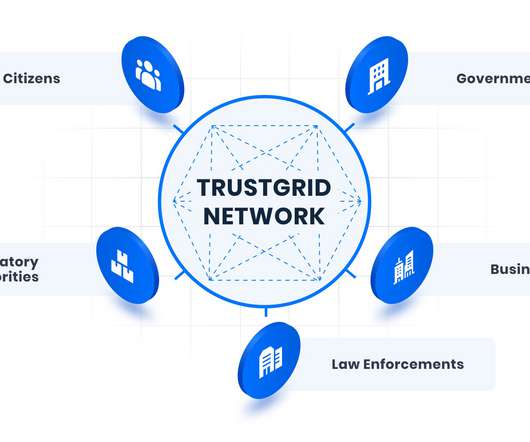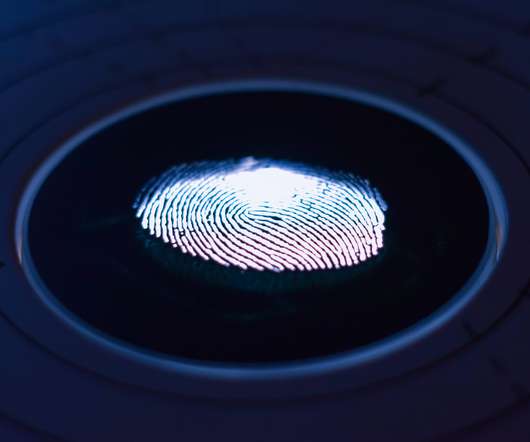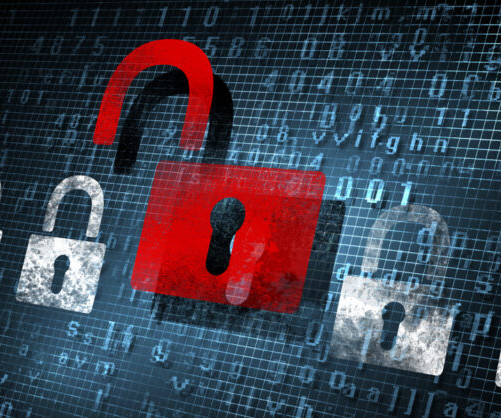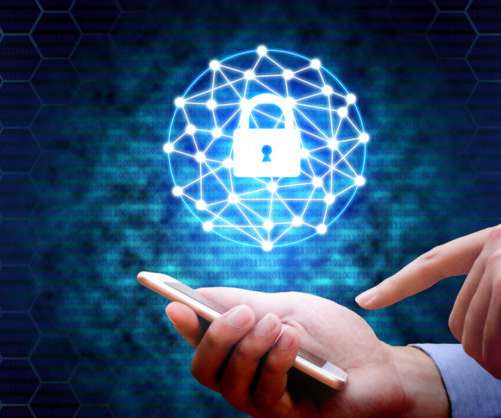GUEST ESSAY: Best practices to shrink the ever-present risk of Exchange Server getting corrupted
The Last Watchdog
FEBRUARY 5, 2024
Implement strong password policies and multi-factor authentication to prevent unauthorized access. Encrypt sensitive data and maintain regular, secure backups to ensure data integrity and availability, even in the event of system failures or cyber attacks. •Robust access control. Comprehensive monitoring. Backup strategies.

















































Let's personalize your content